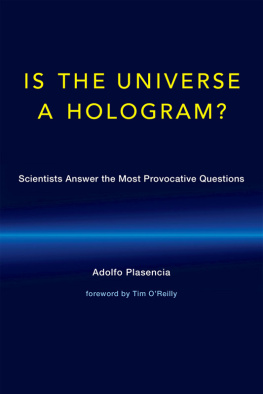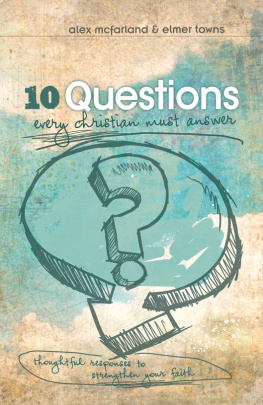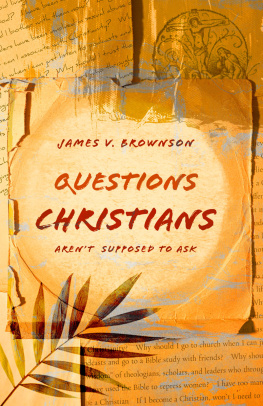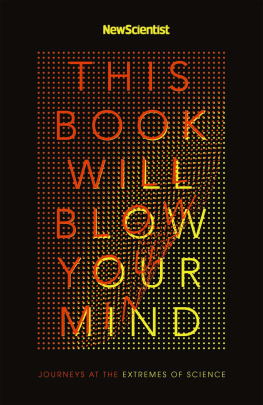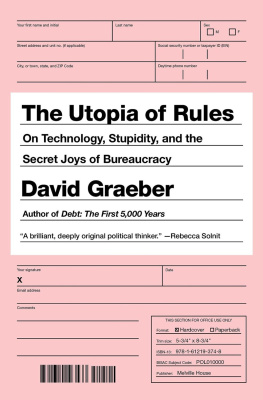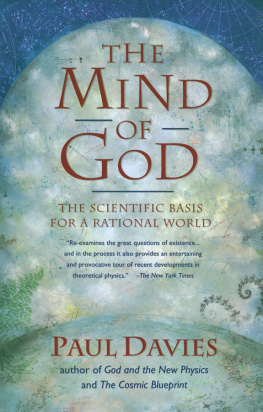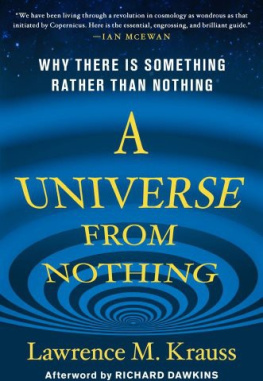
Is the Universe a Hologram?
Scientists Answer the Most Provocative Questions
Adolfo Plasencia
foreword by Tim OReilly
The MIT Press
Cambridge, Massachusetts
London, England
2017 Massachusetts Institute of Technology
All rights reserved. No part of this book may be reproduced in any form by any electronic or mechanical means (including photocopying, recording, or information storage and retrieval) without permission in writing from the publisher.

Chapter 22 is licensed under the Creative Commons Attribution-NonCommercial-NoDerivatives 4.0 International License. To view a copy of this license, visit http://creativecommons.org/licenses/by-nc-nd/4.0/ or send a letter to Creative Commons, PO Box 1866, Mountain View, CA 94042, USA.
This book was set in ITC Stone Sans Std and ITC Stone Serif Std by Toppan Best-set Premedia Limited. Printed and bound in the United States of America.
Library of Congress Cataloging-in-Publication Data
Names: Plasencia, Adolfo, editor.
Title: Is the universe a hologram? scientists answer the most provocative questions / [interviews by] Adolfo Plasencia ; foreword by Tim OReilly.
Description: Cambridge, MA : The MIT Press, [2017] | Includes bibliographical references and index.
Identifiers: LCCN 2016038291 | ISBN 9780262036016 (hardcover : alk. paper)
eISBN 9780262339292
Subjects: LCSH: Science--Miscellanea. | Science--Popular works.
Classification: LCC Q173 .I8 2017 | DDC 500--dc23 LC record available at https://lccn.loc.gov/2016038291
ePub Version 1.0
To my mother, Rafaela, and my father, ngel, who did everything in their power to make me a better person. To my sister, Mara Jess, and my nephew, ngel, a prodigy of nature. To my grandmother, Concha, an extraordinary woman who lived for 102 years, spanning two centuries, and who continues to guide my heart and investigations.
To my grandfather, Adolfo, to whom I owe my name, but whom the Spanish Civil War prevented me from ever knowing. From him, apart from my name, I must have inherited some mysterious force that inexplicably allows me to face up to the most difficult moments of my life.

Platos Academy. Mosaic, House of T. Siminius Stephanus, Pompeii, 11080 BCE. Museo Archeologico Nazionale di Napoli, Italy. Photograph by Adolfo Plasencia.
Though the gods were far away, he visited their region of the sky, in his mind, and what nature denied to human vision he enjoyed with his inner eye. When he had considered every subject, through concentrated thought, he communicated it widely in public, teaching the silent crowds, who listened in wonder to his words, concerning the origin of the vast universe, and of the causes of things; and what the physical world is; what the gods are; where the snows arise; what the origin of lightning is; whether Jupiter, or the storm-winds, thunder from colliding clouds; what shakes the earth; by what laws the stars move; and whatever else is hidden.
(Ovid describes Pythagoras) Metamorphoses XV
Foreword
Tim OReilly
The future is not something that happens. It is something we create.
Yes, there are elements and influences beyond us. The laws of nature, and our own nature, constrain our choices. And there are great catastrophes, earthquakes, plagues, and floods that shape events. But increasingly, we humans are the source of our own destiny, our own greatness, and our own failure.
All the more reason, then, to reflect on the future, and on the choices we make.
In his essay Imagination as Value, found in the collection The Necessary Angel, the poet Wallace Stevens wrote, The truth seems to be that we live in concepts of the imagination before the reason has established them. If this is true, then reason is simply the methodizer of the imagination. The future is the result of countless creative acts, visions of what can be that are made real through persuasion and effort. The computing pioneer Alan Kay echoed this thought when he said, It is easier to invent the future than it is to predict it.
But each invention, each new idea, each new social or political moment, only becomes real when it is shared. The spark leaps from mind to mind, sometimes slowly, sometimes in a conflagration. But without that leap, the spark dies.
A simplistic version of history focuses on single individuals and single moments: the defining battle, the great man or woman, the momentous discovery. But the truth is that while some moments matter more than others, and some individual choices or discoveries do seem to send the world careening off on a new path, no discovery, no new idea, and no momentous choice exists in isolation. Rather, they seem to spring from a thousand conversations, a stumbling together toward a shared consensus. The fashions of the moment, and what endures or is rediscovered (sometimes too late for the creators benefit), have always been crowdsourced.
Now, though, social media accelerate the process, with viral storms of discovery and sharing. There is so much we dont know about how this new cultural transmission vector will work over the long run, but already we can see the following at work:
- The pathways of attention are found not in ephemeral Likes but in the deeper persistence of search engines, which echo the way our brains themselves preserve memories, by laying down repeated tracks, growing stronger and stronger over time, so that some things take precedence over others. As some narratives become dominant, others are forgotten.
- As in the brain, memories fade over time, constantly overwritten by what is new. What was once popular becomes a curiosity, perhaps even fades from view. A website is taken offline, a document disappears and the link is redirected.
But is this really different (except in speed, scale, and the electronic means of production) from what went before? I remember standing over my fathers grave, my aunt, herself quite learned, lamenting, So much learning. So much knowledge now gone. Now, thirty years on, my aged aunt herself is a repository of knowledge and memories about to go 404.
In the old cultural order, works considered worthy of note were preserved in libraries. Now, apart from the Internet Archive and the accidental archiving provided by search engine caches, there is little formal preservation. This may well turn out to be one tragedy of our age.
That is why what Adolfo Plasencia has done in the dialogues reproduced in this book is so important. He has gathered a series of important conversations, the transmission of ideas from mind to mind, debates that shaped the future, important concepts that once were new and controversial, that were perhaps at first ignored, then argued over, and only then finally adopted widely enough to subside into that sea of the present that we call common knowledge, eventually to sink below the waves and become history.
Acknowledgments
Without a doubt, I can safely say that writing this book would have been an impossible task without the help of a multitude of people, in some cases premeditated and constant in their role as accomplices, in other cases the help offered unconsciously or altruistically.
First among all those who have helped and guided me is Douglas Morgenstern, who embodies an amazing combination of wisdom and modesty, utopian idealism, and love of the truth, while always keeping his feet firmly on the ground. A few hours after meeting me, Douglas took me to a meeting that changed my life. The meeting was with William J. Mitchell, at that time dean of the MIT School of Architecture and Planning, in his office in Lobby 7, under the grand dome of the Rogers Building. That encounter opened a marvelous door into MIT. Since then, everything has changed in my life, and this book is just one of the consequences. For that reason, my most sincere thanks go to Douglas, who, besides providing that opening, collaborated with me on an extraordinary and exciting initiative that we founded together, the MITUPV Exchange, a language and cultural exchange program that ran for the next twelve years at MIT.
Next page
